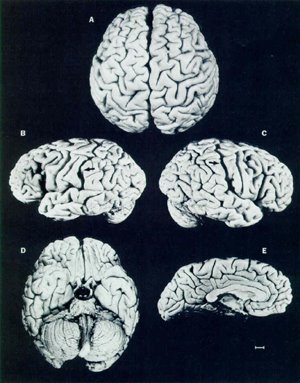
When time travel really began titillating physicists' minds, they got together with some astronomers to investigate what may very well be a physical porthole for traveling through space and time. First came the black hole. Then, the wormhole.
Black holes can slow the passage of time (spacetime, 4 dimensional playing field) simply because they have enormous gravitational fields* but physicist Ronald Mallett realized that light can affect time (spacetime) too because it carries energy, and Einstein, among one of the many fundamental things he did, showed that energy and mass are equivalent. One of the crucial aspects of general relativity is the link it creates between matter and the geometry of spacetime.

Matter literally warps the space and the time that surrounds it. Special relativity forces us to think of time and space as being intertwined... past and future are just as real as present. Some spacetime continua have closed, time-like curves, which violate standard ideas of causality (as opposed to past affecting present affecting future, it could be that future events are affecting past ones..) In relativistic contexts time cannot be separated from the three dimensions of space, because the rate at which time passes depends on an object's velocity relative to the speed of light (and whos watching) and also on the strength of intense gravitational fields. The duration of time can therefore vary for various events and various reference frames.

Wormholes are like black holes, except they have an exit point (Tunisia, perhaps?). However, physicist Leonard Susskind argues that there is no way to achieve a navigable wormhole without violating two laws of nature:
1. The conservation of energy
2. The Uncertainty principle of quantum mechanics

These are my friends simulating the material of spacetime with rubber sheets and balls.












.jpg)